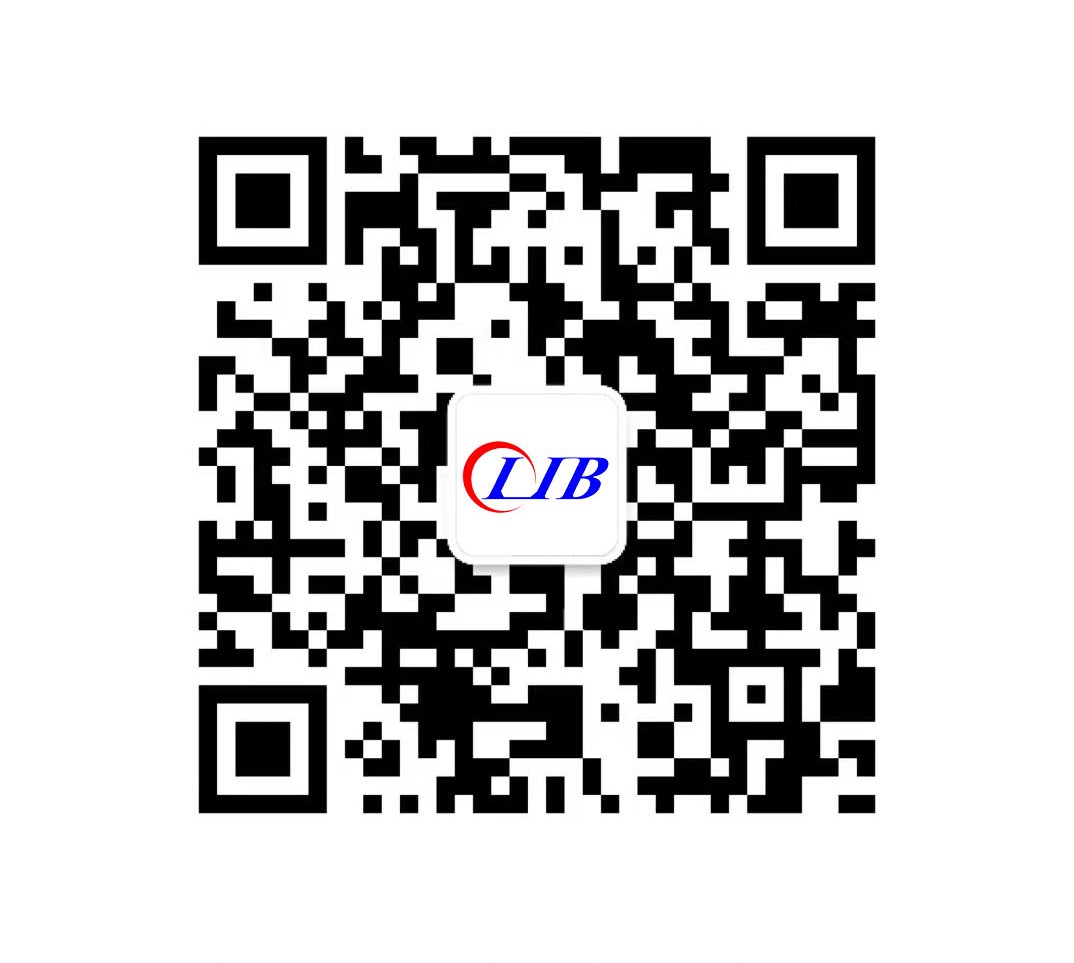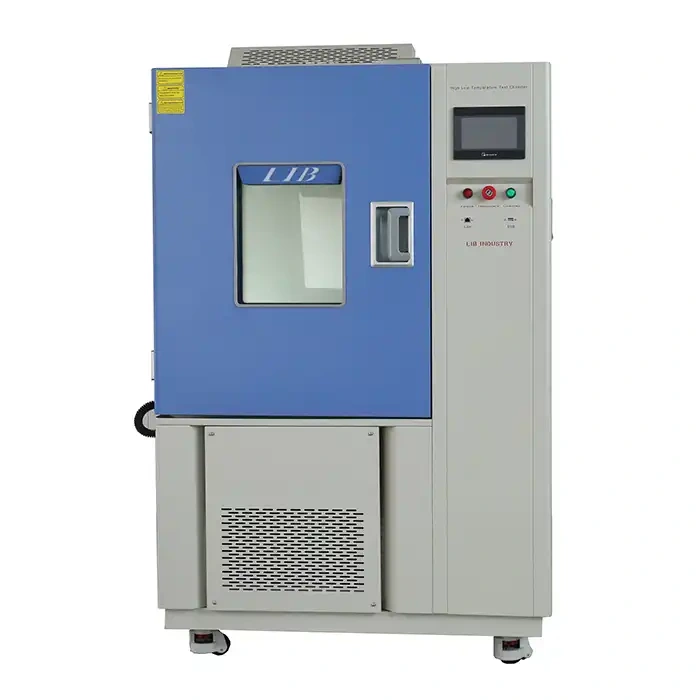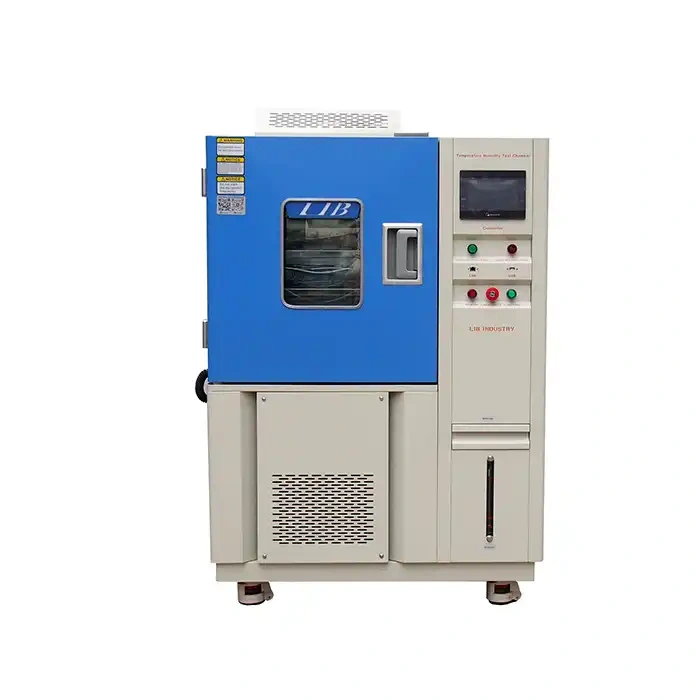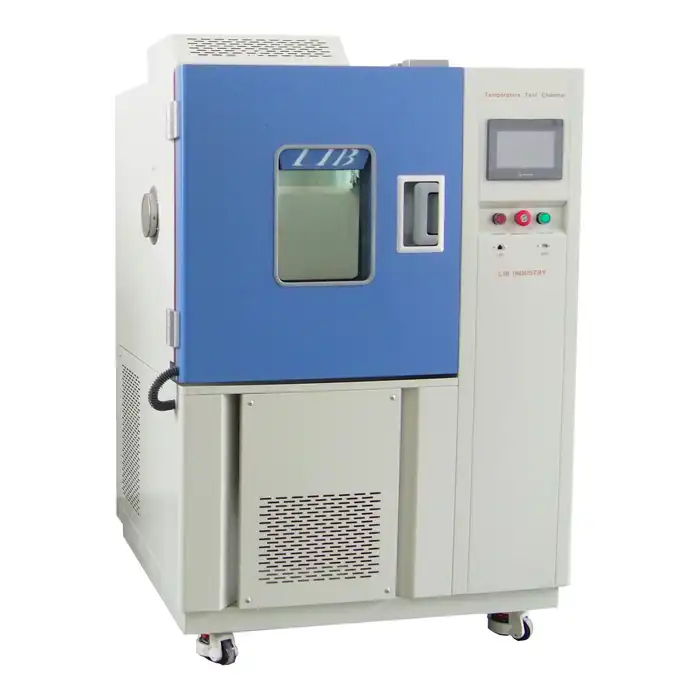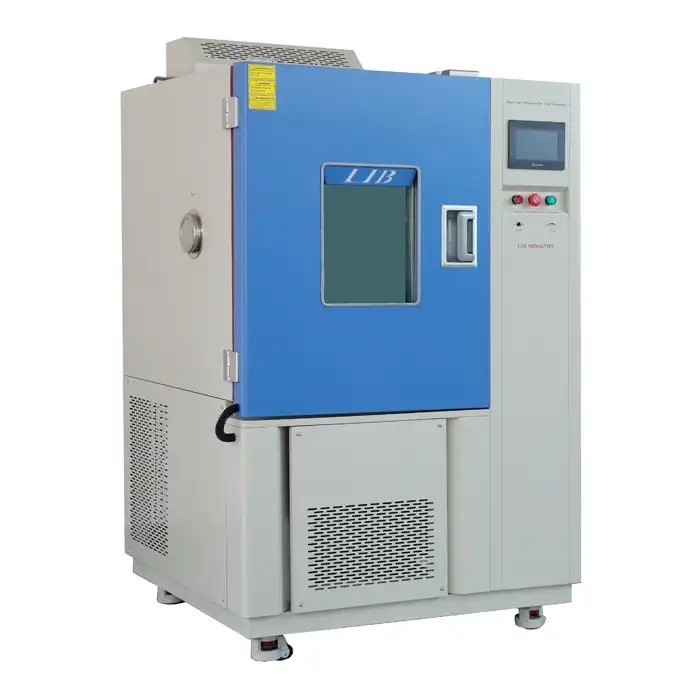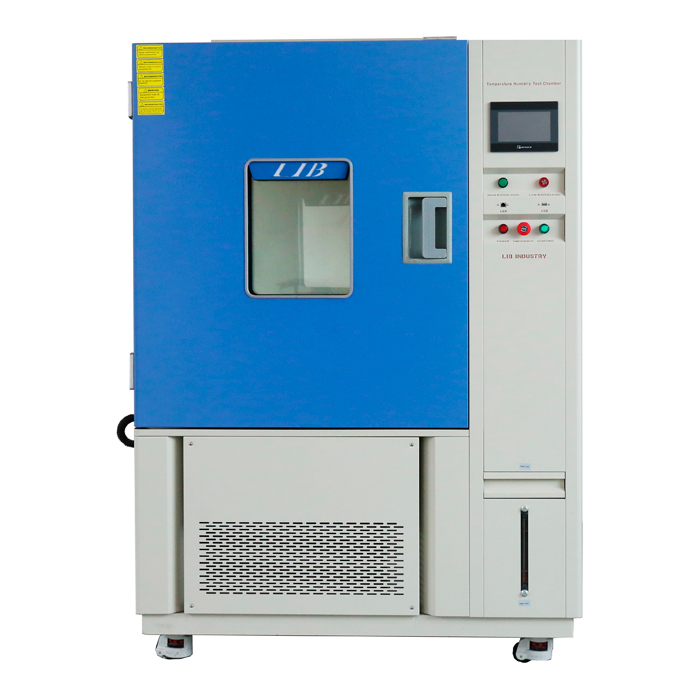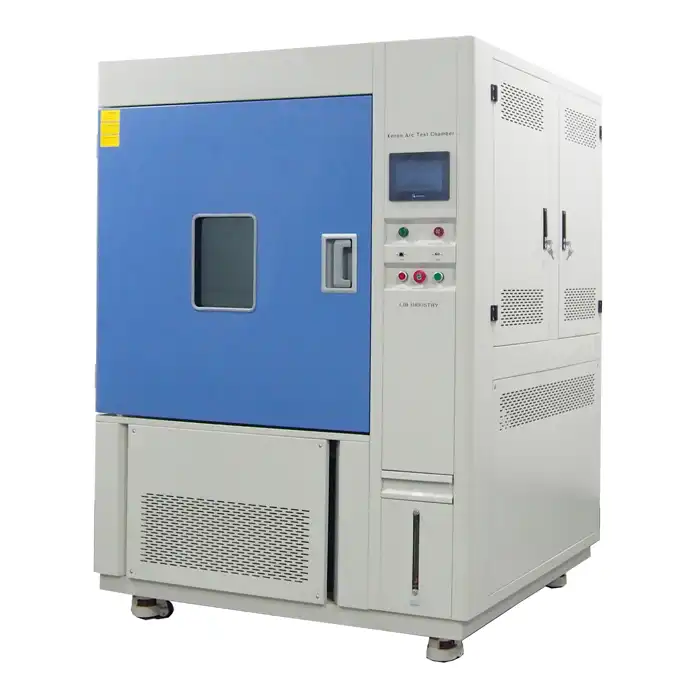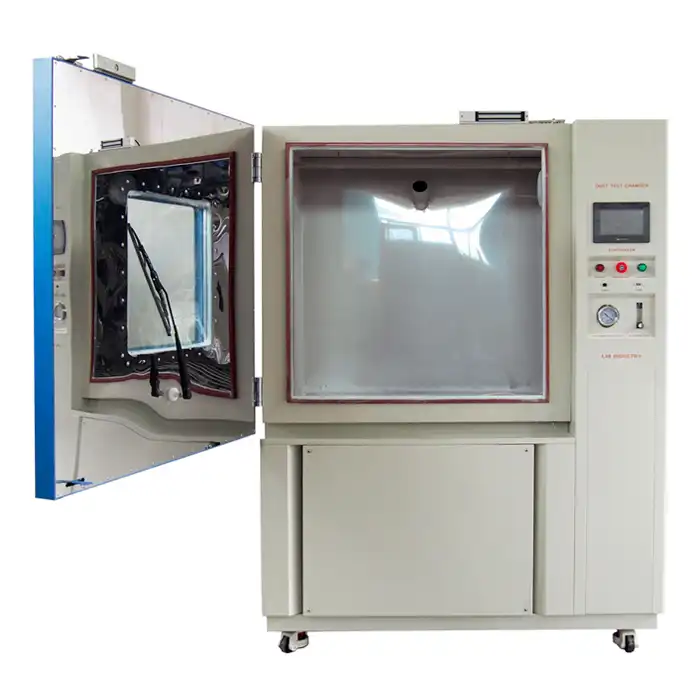What are the Key Features of a Walk-In Environmental Chamber
♦Precise Temperature and Humidity Control
One of the most critical features of a walk-in environmental chamber is its ability to precisely control temperature and humidity. These chambers are designed to simulate a wide range of environmental conditions, from extreme heat to freezing cold, and from dry air to high humidity.

- Temperature Control
- Wide Range: Walk-in environmental chambers can typically achieve temperatures ranging from -70 °C to +180 °C, accommodating the testing needs of various industries.
- Uniformity and Stability: The chambers maintain consistent temperature throughout the space, ensuring that all test samples are subjected to the same conditions. This uniformity is crucial for reliable and repeatable results.
- Rapid Temperature Cycling: Some models are equipped with rapid temperature cycling capabilities, allowing for quick transitions between temperature extremes. This feature is beneficial for stress testing and assessing the durability of products under fluctuating conditions.
- Humidity Control
- Broad Humidity Range: These chambers can replicate humidity levels from 10% to 98% relative humidity (RH), making them suitable for a wide array of tests, including those for moisture-sensitive products.
- Accurate Measurement: Advanced sensors and control systems ensure precise humidity levels, which is vital for tests that require strict adherence to specific environmental conditions.
- Dew Point Control: Some walk-in environmental chambers offer dew point control, which is particularly important for tests involving condensation or frost formation.
♦Flexible and Customizable Interior
The flexibility and customizability of the interior design of a walk-in environmental chamber play a significant role in enhancing its functionality and adaptability to various testing scenarios. By tailoring the chamber's interior to specific needs, users can optimize their testing processes and ensure more accurate and relevant results.
- Modular Design
- Adjustable Shelving: Adjustable shelving is a key feature that provides users with the ability to configure the chamber's interior according to their specific testing requirements. Shelves can be repositioned or removed entirely to accommodate different sizes of test samples, allowing for a customized setup that maximizes the use of available space.
- Custom Fixtures: Custom fixtures and racks are designed to hold specific types of products, ensuring that they are positioned correctly for accurate testing. These fixtures can be tailored to fit the dimensions and requirements of various test items, whether they are electronic components, pharmaceuticals, or automotive parts.
- Expandable Space: Some walk-in environmental chambers are equipped with modular designs that allow for the expansion or reconfiguration of the interior space. This feature is beneficial for growing testing needs or when transitioning to new testing protocols. Users can easily add or remove sections of the chamber, adjust the layout, or increase the overall space to accommodate larger or more numerous test samples.
- Ergonomics and Accessibility
- Easy Access: The design of walk-in environmental chambers often includes large doors with smooth-operating handles, which facilitate easy access to the chamber’s interior. For larger test items or when frequent access is required, some models come with double doors or sliding doors. These features not only improve accessibility but also reduce the effort needed to move items in and out of the chamber.
- Observation Windows: Large observation windows are a valuable addition to many walk-in environmental chambers, allowing users to monitor ongoing tests without having to open the door. This feature helps maintain the controlled environment inside the chamber, preventing disruptions that could affect the accuracy of the tests.
- Interior Lighting: Good interior lighting is essential for effective management and observation of test samples within the chamber. Well-lit interiors enhance visibility, making it easier for users to inspect and manage their samples.

♦Advanced Control and Monitoring Systems
State-of-the-art control and monitoring systems are essential for maintaining the accuracy and reliability of walk-in environmental chambers. These systems allow users to program, monitor, and document environmental conditions with ease.
- User-Friendly Interface
- Touchscreen Controls: Modern chambers are equipped with intuitive touchscreen interfaces that simplify the process of setting and adjusting environmental parameters.
- Programmable Profiles: Users can create and store multiple test profiles, enabling quick setup for recurring tests and complex testing protocols.
- Remote Monitoring: Many systems offer remote monitoring capabilities, allowing users to track and adjust conditions from a computer or mobile device.
- Data Logging and Reporting
- Comprehensive Data Logging: Walk-in environmental chambers often come with integrated data logging systems that record temperature, humidity, and other parameters throughout the testing process. This data is essential for analyzing test results and ensuring compliance with industry standards.
- Real-Time Alerts: Advanced monitoring systems can send real-time alerts via email or text message if conditions fall outside of specified ranges, helping prevent test failures and ensuring prompt corrective action.
- Detailed Reports: Automated reporting features generate detailed test reports, including graphs and charts, which are useful for quality control and documentation purposes.
♦Conclusion
In conclusion, walk-in environmental chambers are indispensable tools for testing and validating products under controlled environmental conditions. Their key features, including precise temperature and humidity control, flexible and customizable interiors, and advanced control and monitoring systems, make them highly effective and versatile for a wide range of applications. By understanding these features, businesses can make informed decisions when selecting a walk-in environmental chamber that meets their specific testing requirements.
If you want to learn more about this kind of Climatic Walk In Chambers, welcome to contact us info@libtestchamber.com.
References
1. "Environmental Chambers: Key Features and Benefits". Manufacturer’s Handbook for Environmental Test Chambers.
2. "Understanding Temperature and Humidity Control in Environmental Chambers". Environmental Test Chamber Overview.
3. "Modular Design in Walk-In Environmental Chambers". Journal of Environmental Testing and Research, Vol. 12, No. 3, pp. 234-245.
4. "Advanced Control Systems for Environmental Chambers". Advanced Control Technologies for Environmental Testing.
5. "The Role of Dew Point Control in Environmental Testing". International Journal of Environmental Monitoring, Vol. 15, pp. 58-67.
6. "Ergonomics and Accessibility in Environmental Test Chambers". Best Practices in Chamber Design for Ease of Use.
7. "Data Logging and Reporting in Environmental Chambers". Environmental Test Chamber Data Management.
8. "Temperature and Humidity Ranges for Walk-In Chambers". Specifications and Applications in Industry.
